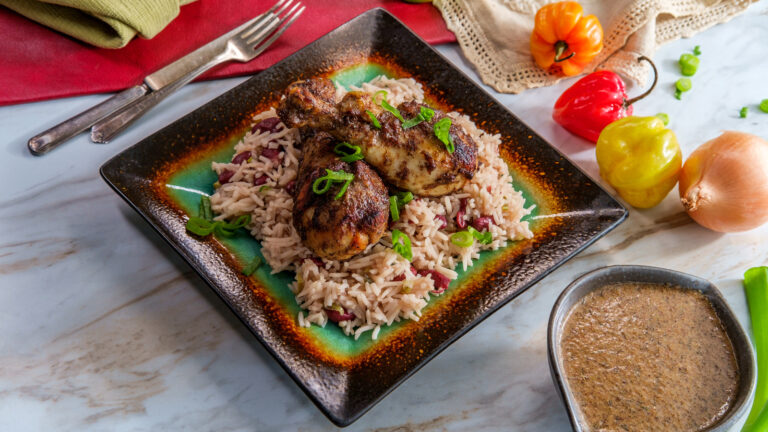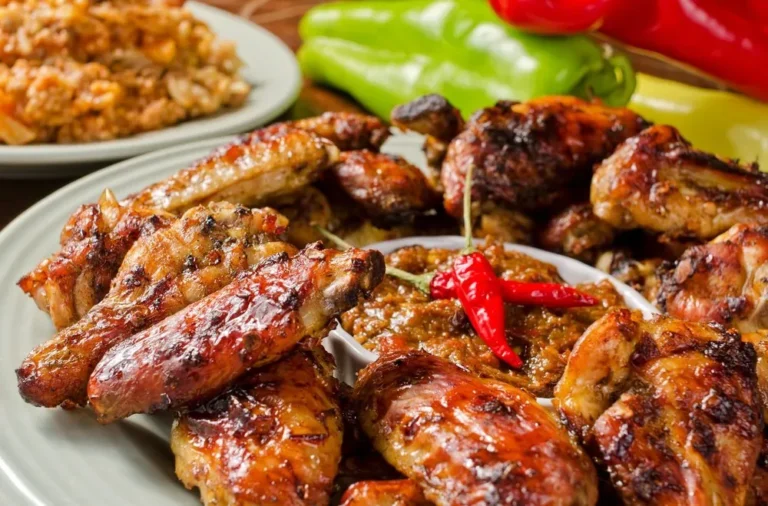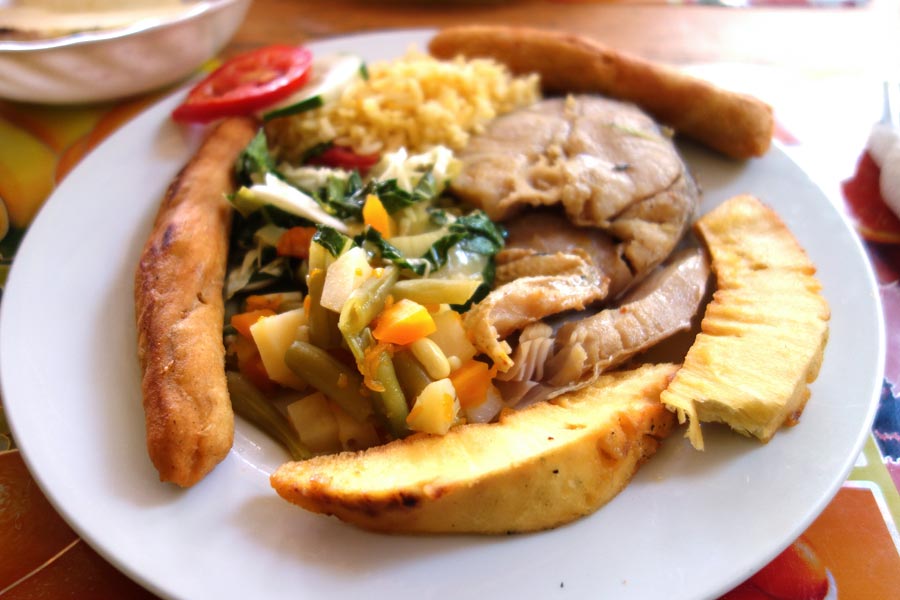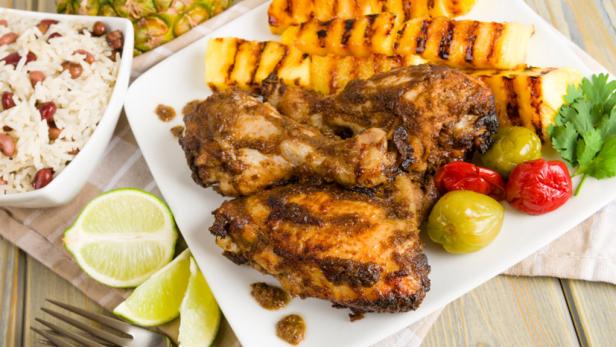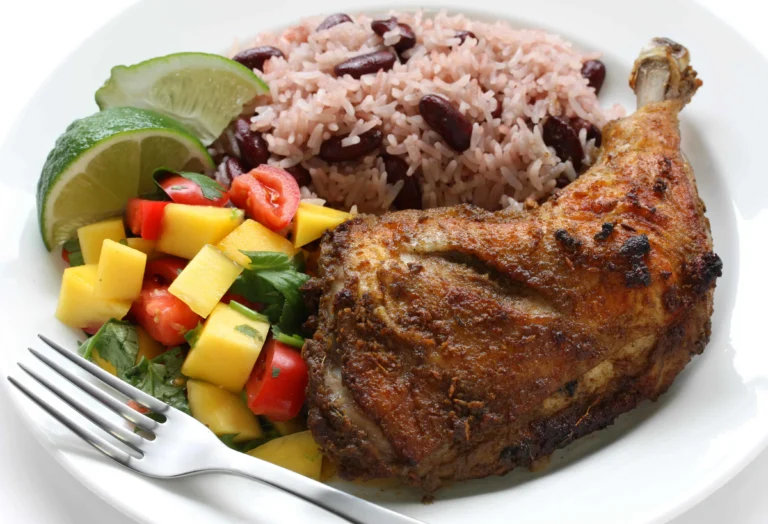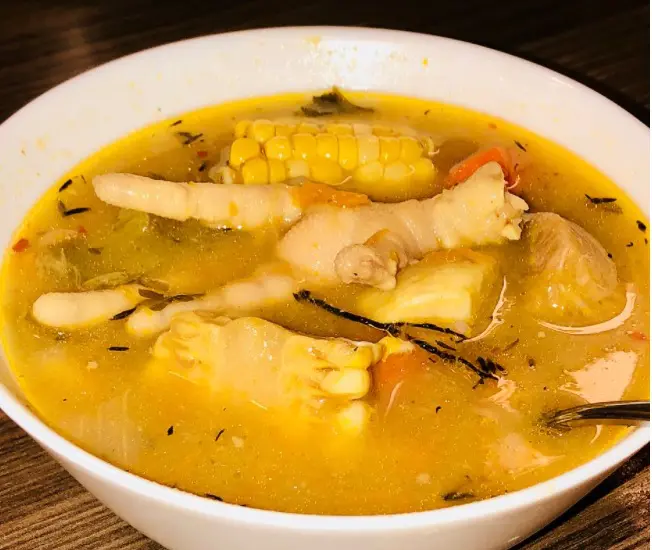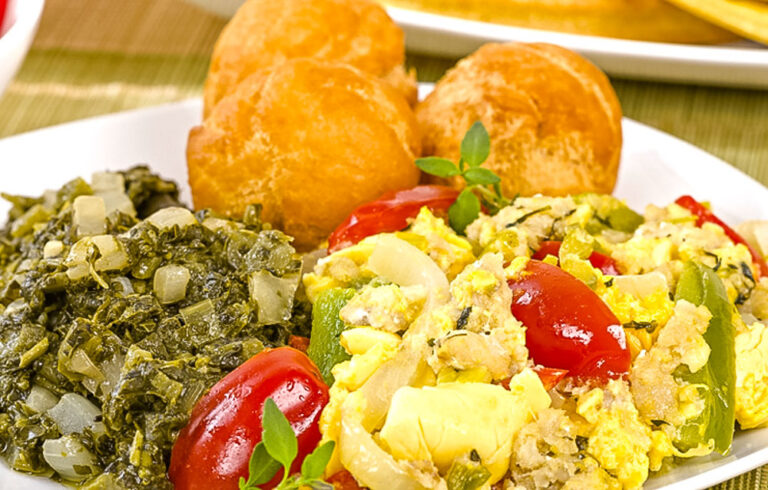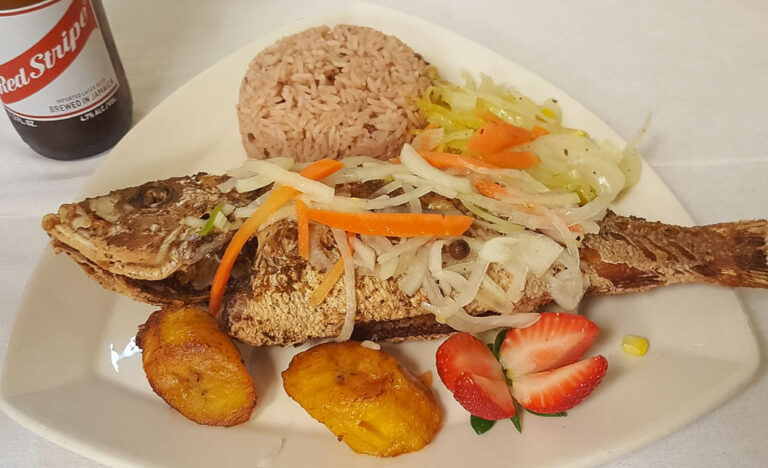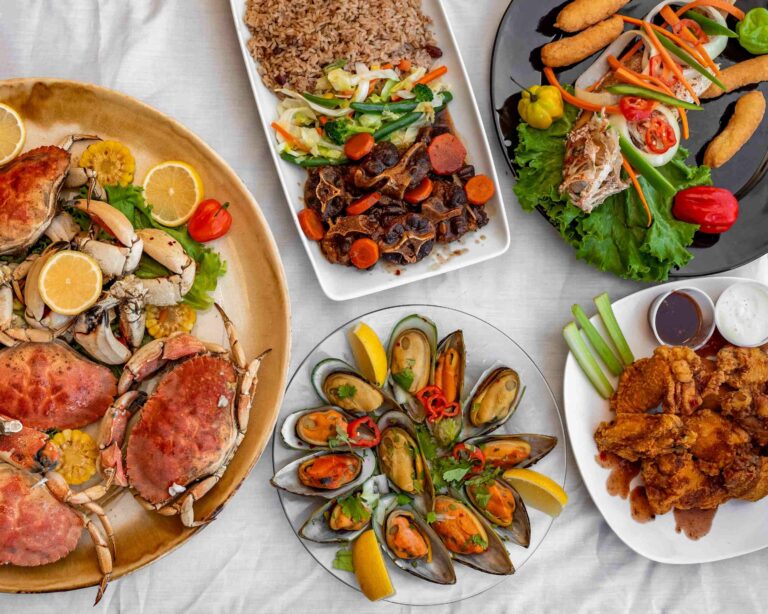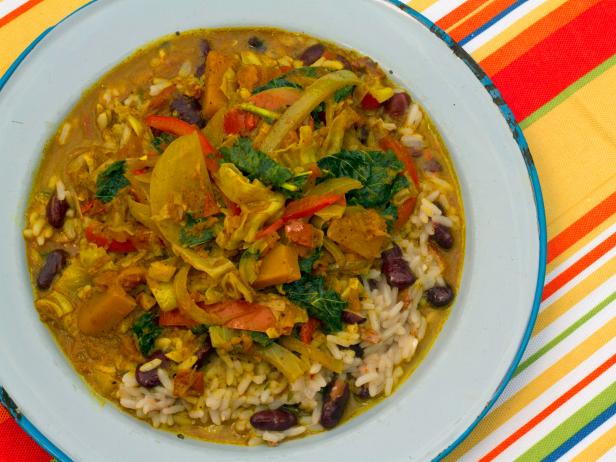Introduction: Jamaican Cuisine and Snacks
Jamaican cuisine is a unique blend of African, European, and indigenous influences. The cuisine features bold flavors, vibrant spices, and fresh ingredients. Jamaican snacks and appetizers are a perfect way to explore this rich culinary heritage. From jerk chicken to saltfish fritters, Jamaican cuisine offers a variety of delicious and satisfying snacks that are perfect for any occasion.
Jerk Chicken and Festivals: A Classic Jamaican Snack
Jerk chicken is one of the most famous Jamaican snacks. This delicious dish is made by marinating chicken in a blend of spices that include allspice, thyme, garlic, and scotch bonnet peppers. The chicken is then grilled over an open flame to create a smoky and spicy flavor. Jerk chicken is often served with festivals, which are a type of fried bread made with cornmeal. Festivals are crispy on the outside and soft on the inside, making them a perfect accompaniment to the spicy jerk chicken.
Saltfish Fritters: A Delicious and Satisfying Appetizer
Saltfish fritters are a popular Jamaican appetizer. They are made with salted cod, which is mixed with flour, baking powder, and spices to create a batter. The batter is then fried until crispy and golden brown. Saltfish fritters are often served with a spicy dipping sauce and are a satisfying and delicious snack that is perfect for any occasion.
Patties: A Jamaican Favorite for Snacks or Meals
Patties are a favorite snack in Jamaica. These flaky pastry turnovers are filled with a variety of fillings, including beef, chicken, and vegetables. The filling is seasoned with a blend of spices, including thyme, scallions, and Scotch bonnet peppers. Patties can be enjoyed as a snack or a meal and are a perfect food to take on the go.
Tostones: A Tasty and Simple Jamaican Appetizer
Tostones are a simple but delicious Jamaican appetizer. They are made using green plantains that are sliced and fried until crispy. Tostones are often served with a spicy dipping sauce and are a perfect snack or appetizer to enjoy with friends and family.
Conclusion: Exploring Jamaican Cuisine Through Snacks and Appetizers
Jamaican cuisine is a vibrant and flavorful blend of cultures and traditions. Its snacks and appetizers offer a delicious and satisfying way to explore this rich culinary heritage. Whether you are a fan of spicy jerk chicken, flaky patties, or crispy tostones, Jamaican cuisine has something for everyone to enjoy.

